The internet is in an uproar about a mundane but essential topic. It seems as if everyone has a definite opinion about the best landing page length. While some suggest that longer is better, others argue that shorter ones bring in the most conversions.
Confused? Don’t worry. We’re here to better understand landing page length and its importance to your marketing process.
The simple truth is one is not better than the other. Both lengths are valuable, and the key to maximizing their potential is not measuring landing page length but understanding when to use one over the other.
How do we determine if one requires short, precise conversion pages or lengthy ones with lots of convincing material? Not everyone has the luxury of creating five or six distinct versions of every landing page type on their site to perform A/B Testing; we present this article to you.
We’ll show you how to determine the length of your landing page. Here’s how to get started.
To understand what length is right for you, you need to know a few things about your target audience, which will give you a good deal of clarity about how to invest your time and resources on your landing pages.
At the most basic level, the length of your ad landing page should ideally be determined by two things:
Your primary customer base
The kind of product you’re selling
When it comes to your target audience, not many matters regarding what you’re selling or who you’re selling it to. The only things that matter are (AIR)
Awareness — How familiar do you think this person is with you, your brand and your product?
Intent — How likely do you think that they are to take action?
Referral Source — Where visitors are coming from
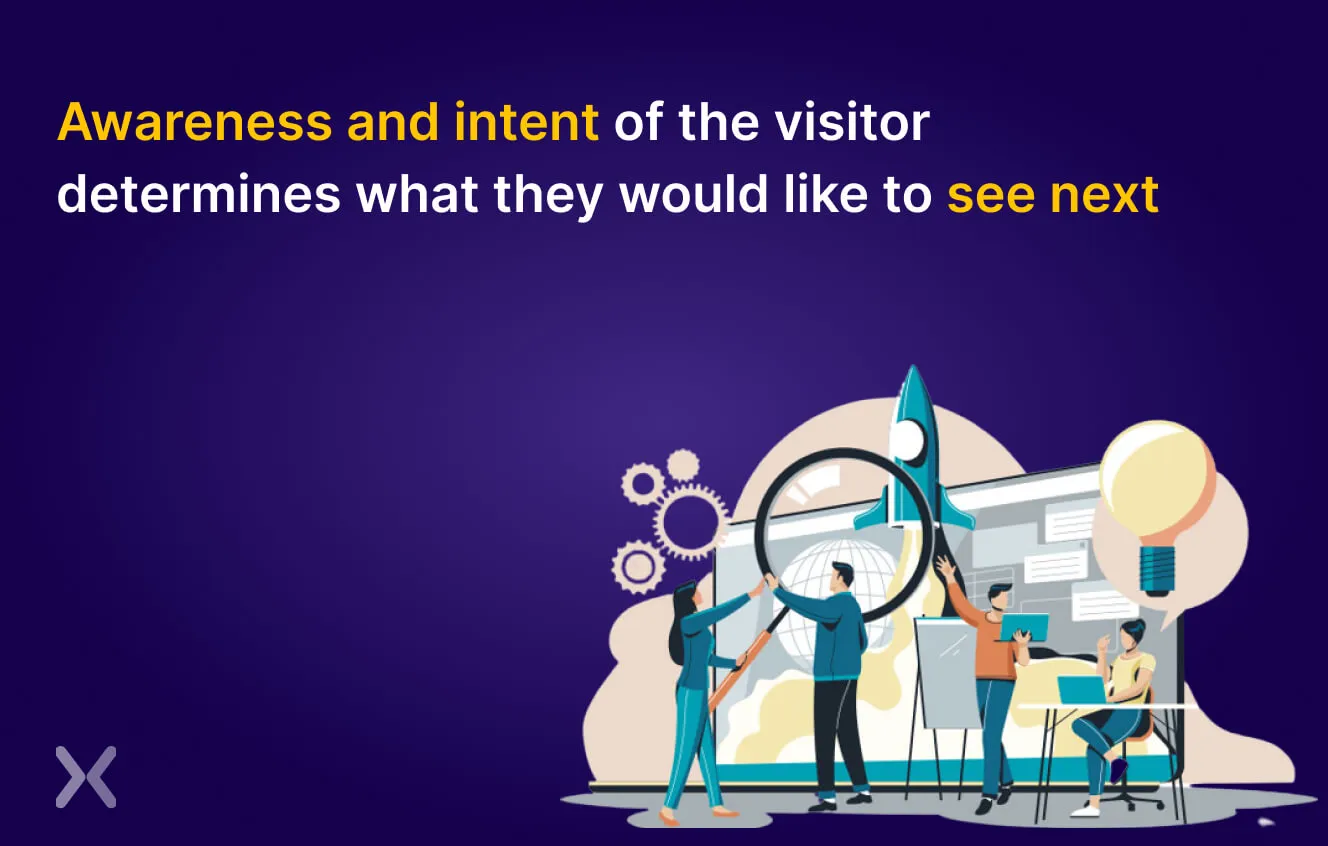
One of the fundamental rules of determining the best landing page length is that you’ll need more material to get someone to the next sales stage to funnel if they’re unfamiliar with your brand/product.
Applying the same logic will require more miniature copies if you’re familiar with it. A parallel train of thought is authentic for intent: the more dreams someone has, the more miniature replicas you’ll need to convert them (and, of course, vice versa).
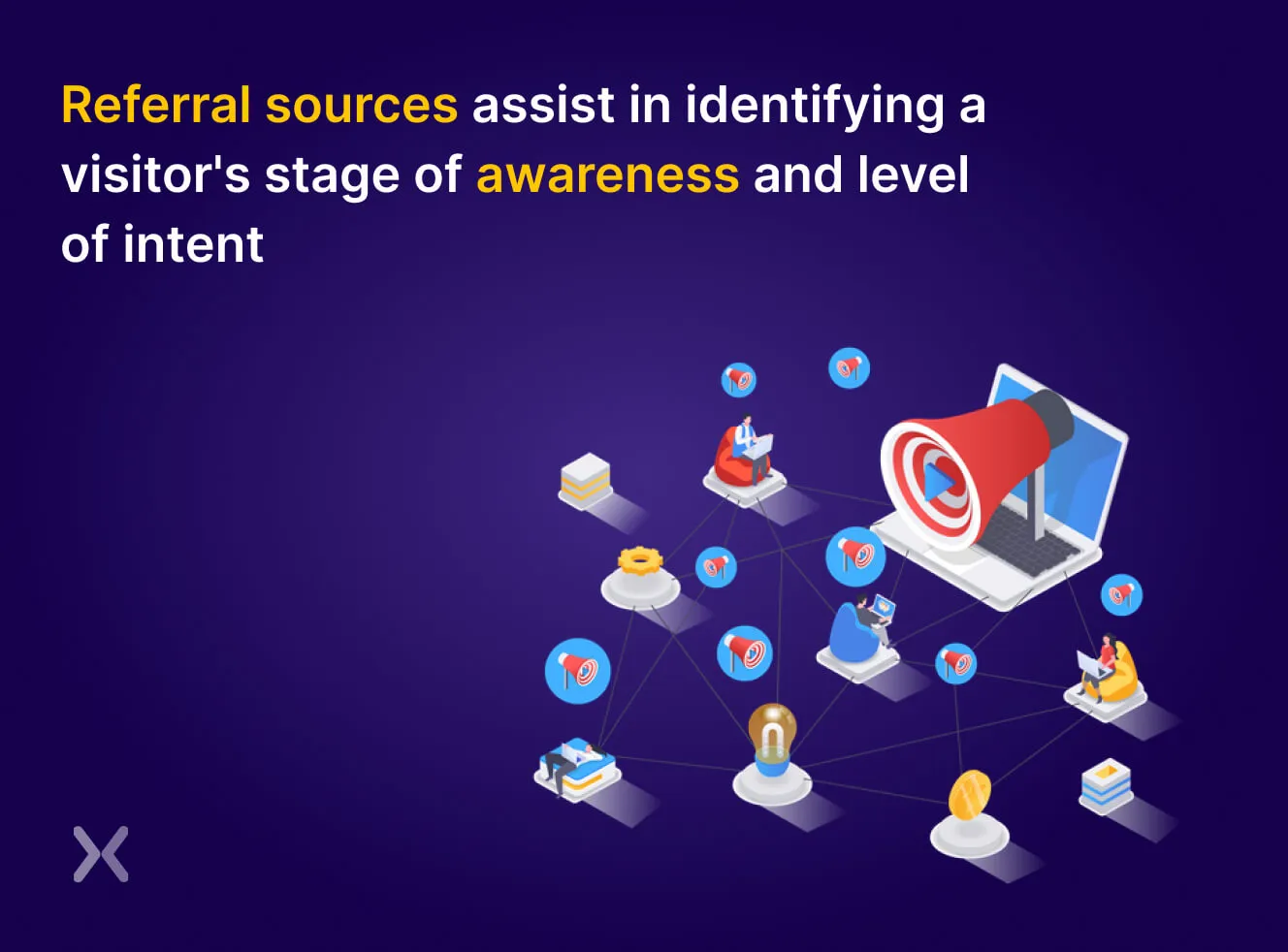
Referral Source is just as the name suggests, indicating how your visitor gets information that leads them to your high-converting landing page. The referral source tells you where the lead is coming from and clues about a visitor’s Stage of Awareness and Level of Intent.
Take the example of direct referrals. These are the people on your mailing list or referrals from a friend. People who come through direct referrals are naturally closer to the bottom of the sales funnel, meaning they have a much higher level of awareness and intent than someone higher up in the landing page funnel. This is most likely to be someone who randomly sees a YouTube ad for your brand.
Let us run an eye over Google Ads. These are the best choice for demand capture – it means reaching users with high purchase intent.
For instance, if I’m looking up the keyword “lip balm,” this may signal an interest in purchasing one. Keeping a note of that activity, the advertisements below align well with search intent and lead to actual sales.
On the other hand, Facebook Ads are ideal for reaching consumers near the top of the funnel (i.e., great for brand and product awareness).
On an important note, to make the best landing page length, it is crucial to understand the forces of demand capture and general brand awareness.
Let’s understand how it works.
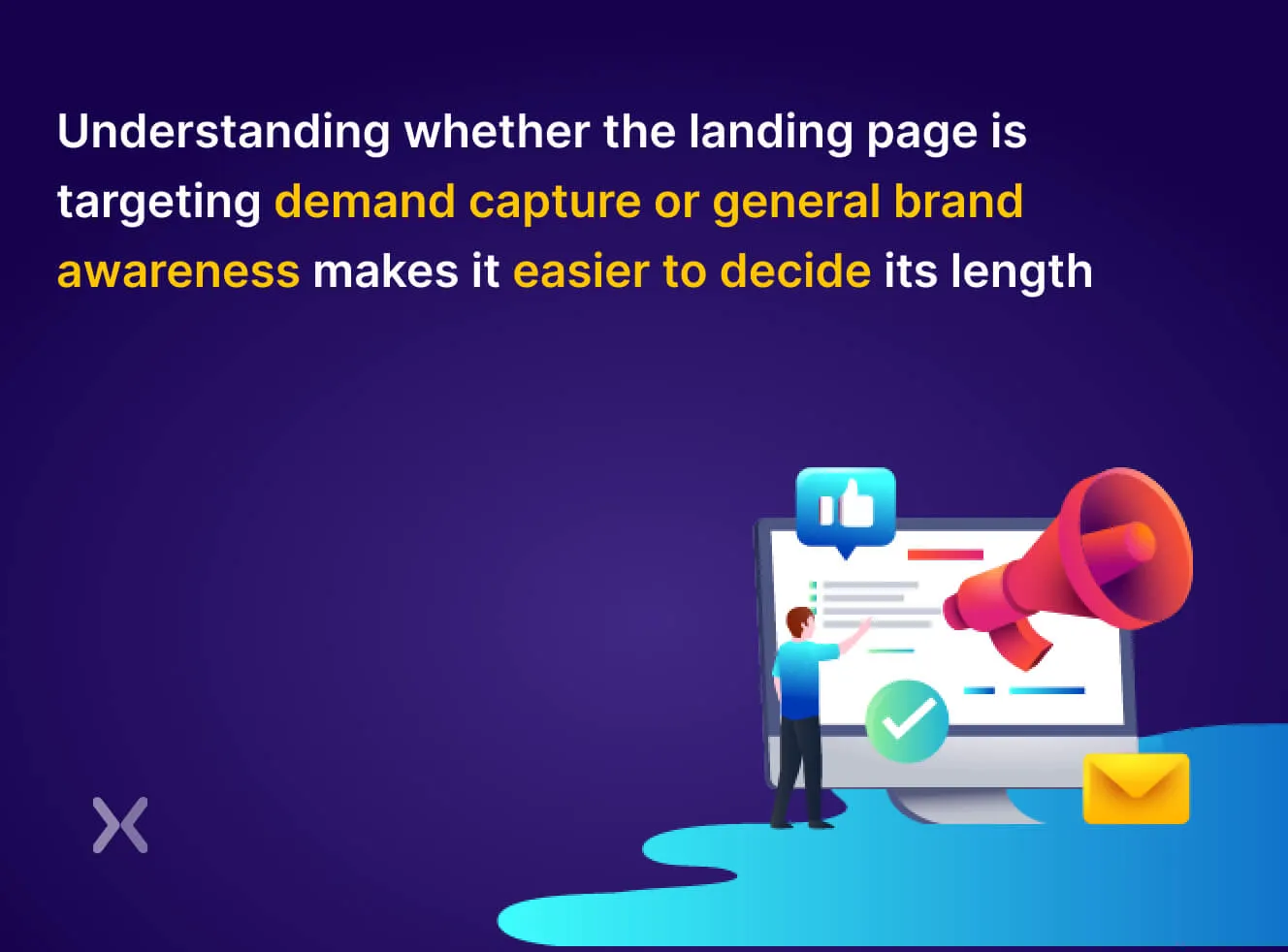
Demand capture means targeting an audience already aware of what you are trying to sell. This marketing method is less oriented toward generating mass awareness and focuses on customers who make good calls to action. Imagine you are buying a car.
When you know which model you want to purchase, it is significant to purchase intent. In this case, a short landing page will benefit existing awareness of the product or service being sold.
On the other hand, general brand awareness has more to do with creating mass knowledge of the product being sold. Top-of-the-funnel consumers, i.e., customers not aware of your brand or service, often need more information in less time.
A longer landing page length is preferred for reaching consumers near the top of the funnel, and it allows for more explanation and allows the brand to showcase the service in greater detail. Facebook Ads are an excellent example of creating brand and product awareness.
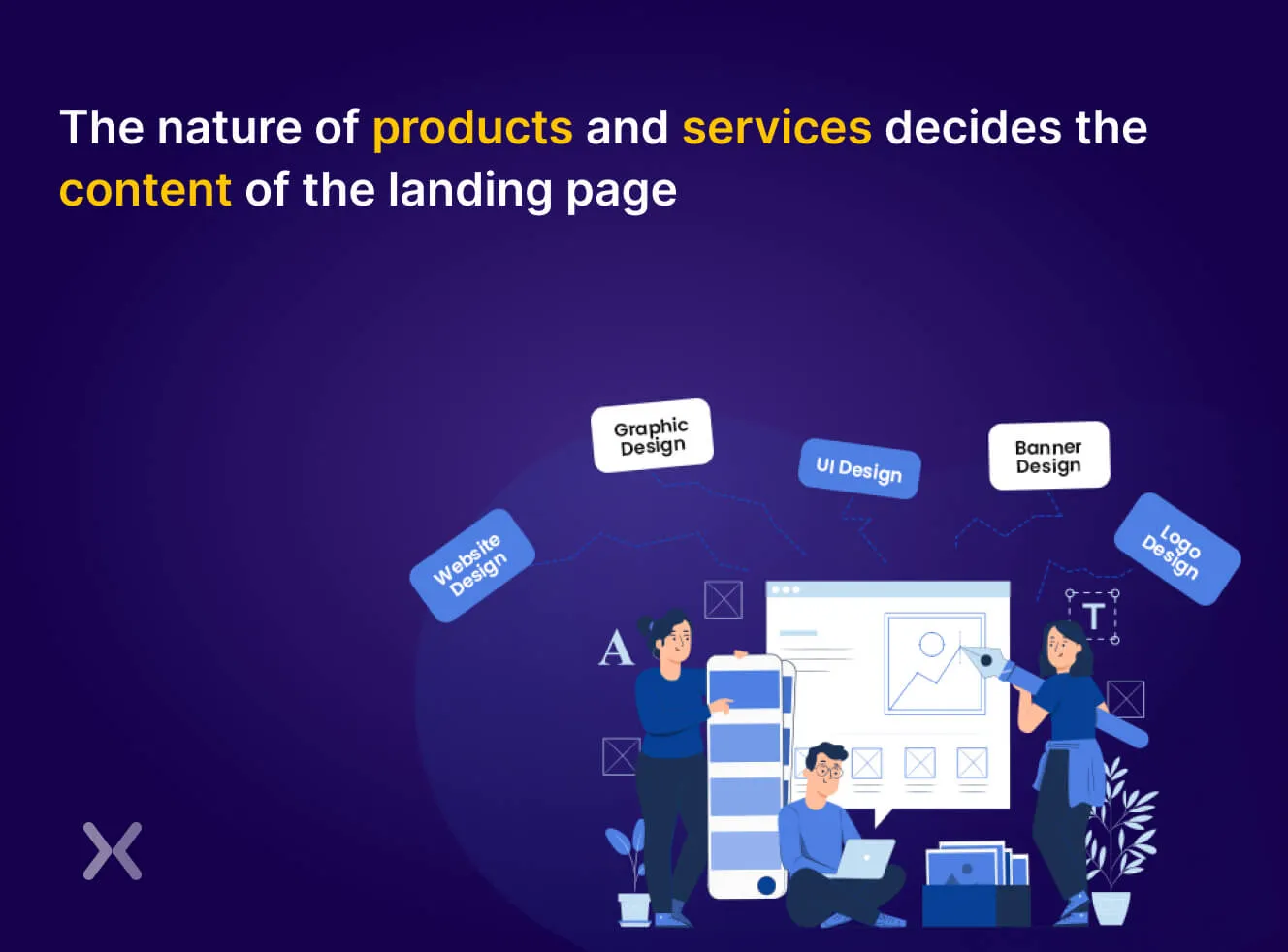
The product you’re selling is the second essential factor that may influence your landing page length and its distinctive style. As a business organization attempting to figure out the world of landing page length and marketing strategies, you must answer the right questions. Think about what you’re offering and what you’re asking for.
Do you find that your product is easy to comprehend? Perhaps your product or service is straightforward and doesn’t need much explanation because it is common knowledge and pretty self-explanatory. Some products and services are pretty specific, making them very easy to trust.
On the other hand, the service you offer may be hard to comprehend. It could be a unique product or investment, requiring a decent amount of explanation for a consumer to go further down the sales funnel. More often than not, products that are difficult to understand come with layers of learning, which means it becomes a more significant task to gain your customer’s trust.
These types of inquiries will begin to establish the groundwork for the length of landing pages to come. Your product or service awareness will determine what best landing page length suits you.
If you notice that your offer reflects the second batch of questions, you are more likely to explain more to your visitors for them to feel comfortable enough to accept what you offer and do what you’re asking them to do.
What does that mean?
Let’s find out in the following section.
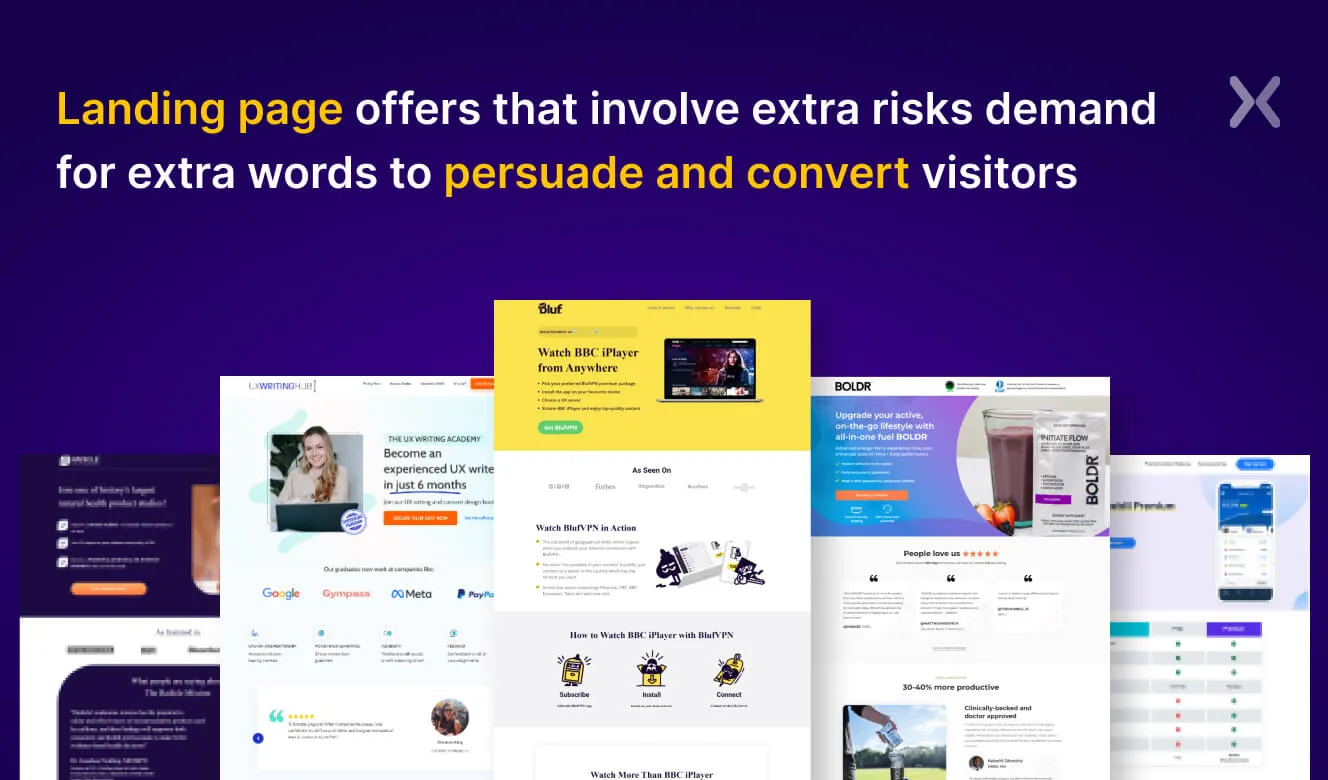
It is simple: If your offer involves a high-risk, sophisticated financial choice, you may need to utter a few extra words to persuade and get conversions. This most often indicates the necessity of a longer landing page.
Your language and landing page may be confined if your offer is a minimal, convenient, pocket-cash decision. This most often indicates the necessity of a shorter landing page length.
The debate surrounding the best landing page length circles back to this: should one use a shorter landing page or a longer landing page? What kind of products demand the use of a long landing page? How important is the role of the audience when it comes to picking the best landing page length?
Driving traffic to your precious landing page will not suffice your marketing strategy. To convert those valuable visitors into tangible leads is the fundamental objective behind why we measure landing page length.
Instead of getting carried away with the horde of opinions on the internet, it is more beneficial to witness the benefits and downsides of the two dominant lengths.
.webp)
Below we’ve compiled various landing page examples with different product types and industries that may benefit more from short landing pages vs long landing pages.
A shorter landing page is typically the best option if you offer your customer a low-barrier service or product. This often includes services and products in the line of free seminars, eBooks, checklists, reports, free trials, demo booking, or another type of giveaway. The beauty of a short landing page length is that it provides minimal distractions, allowing your information to shine like a beacon and catch the visitor’s attention.
This proves all the more true if the person came via your mailing list and is already acquainted with you and your products/services. Since familiarity with the brand exists, one need not waste precious time and landing page length in re-explaining things.
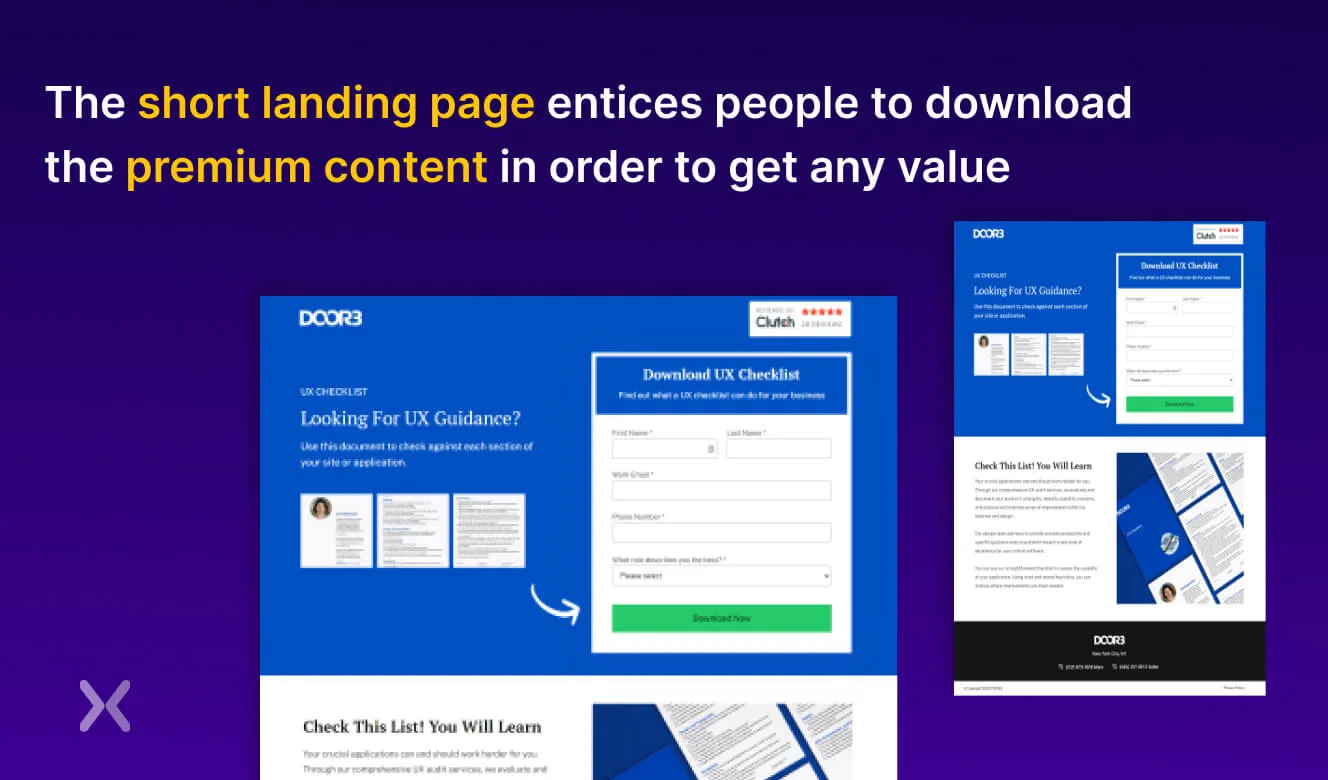
In this brilliant example from one of our clients, DOOR3, you’ll notice we have designed a pretty short landing page. One of the primary reasons behind using a short landing page length is that their offer is small, and their ask is low-risk.
The page aims to get visitors to fill out the form and download the offer. A lengthy explanation will only delay the customer’s decision-making - posing the danger of losing the lead altogether. Hence, we decided to keep the landing page copy short, sweet, and focused on sending them to the action required, followed by some light on checklist points.
The rule is simple. All products and services that are hard to comprehend will require a long landing page length. But businesses need to keep in mind that they don’t turn their long landing pages into pillar pages and always keep the distinction in check.
Longer landing pages give the business plenty of opportunities to display convincing writing, an in-depth description of what’s included, information about guarantees, social proof, and much more. These are unanimously beneficial for courses online, books, or services that involve a significant financial and time investment.
Such products necessitate the explanation that the business is willing to give them. One of the primary ways to determine which product needs a longer landing page length is A/B Testing.
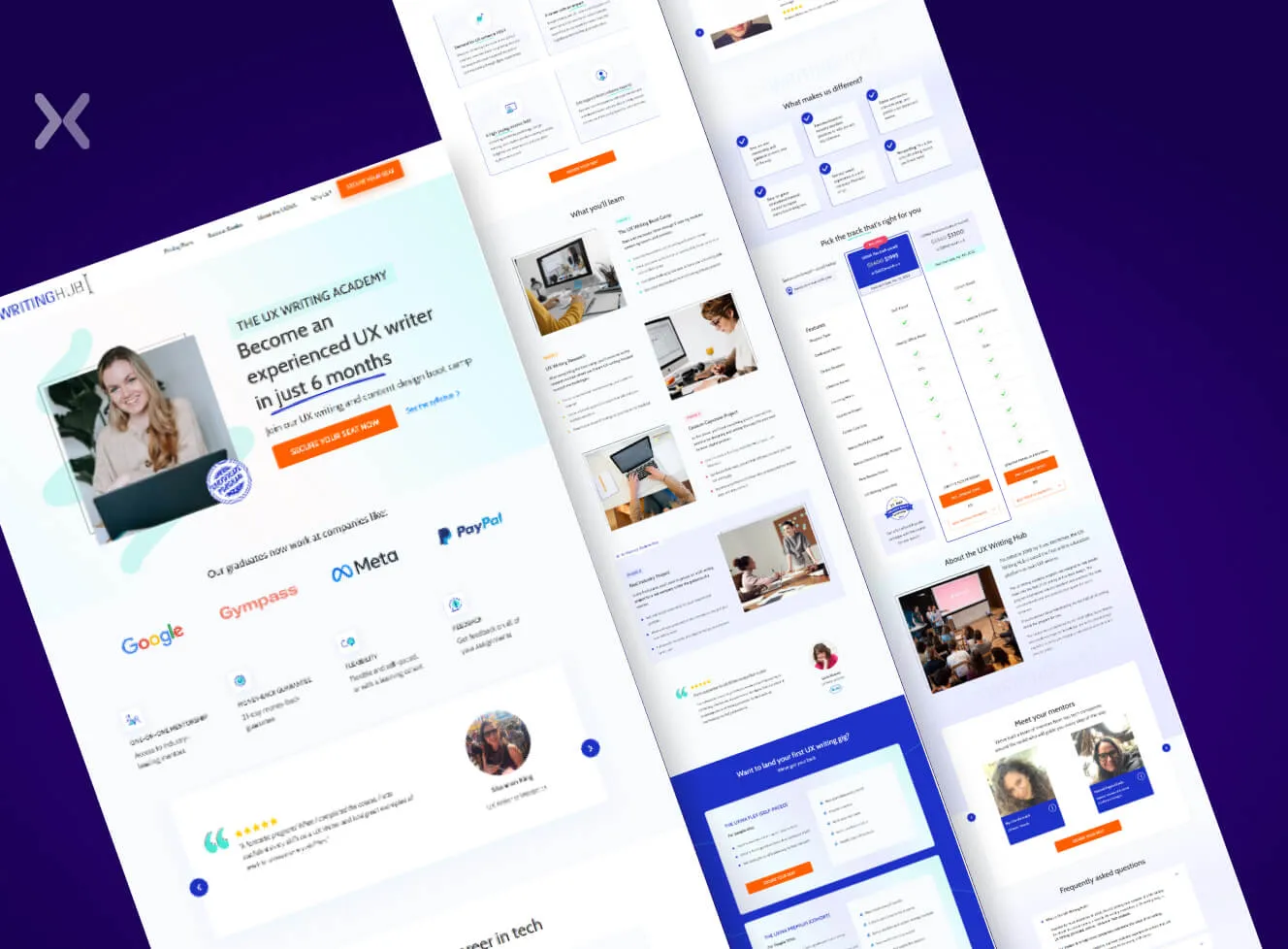
The example above is a landing page for our client, UX writing hub. If you take a closer look, this landing page primarily focuses on the paid online UX writing boot camp they offer. Considering their offer revolves around money and credit, there’ll likely be a few things to object to.
Remember we mentioned that products and services involving courses and investments require explanations?
That’s why we need more explaining, social proof points, and visuals to result in longer, more robust landing pages. Not only does this do a splendid job at capturing leads, but it also makes for high-quality landing pages. In our client’s case, we also included an “FAQ section.” An FAQ section would seamlessly address common questions while also giving a chance to show off the offer and examples.
Choosing the best landing page type to suit your needs is pretty straightforward. The beauty of the process lies in the mere fact that you don’t have to think about how you will choose between a long landing page and a short one. More often than not, the decision of the right landing page length is made after carefully considering your offer, your ask, and the objections that come along with it.
As a general rule, it is infinitely easier to remember that the larger the offer, the lengthier the landing page. The tinier the offer, the smaller the landing page.
After all of this, if you think you might be an exception to this rule, we suggest you grab some invaluable visitor feedback and begin applying the collected information. Reflecting and answering these questions will surely give you the simplest way to measure the best landing page length to suit your needs.
If you are still unsure and don’t have time to generate five or six different versions of every landing page length style to perform A/B testing, we’d like to work together on your next custom landing page. Feel comfortable checking out our landing page design services or contacting us directly. Contact us today!
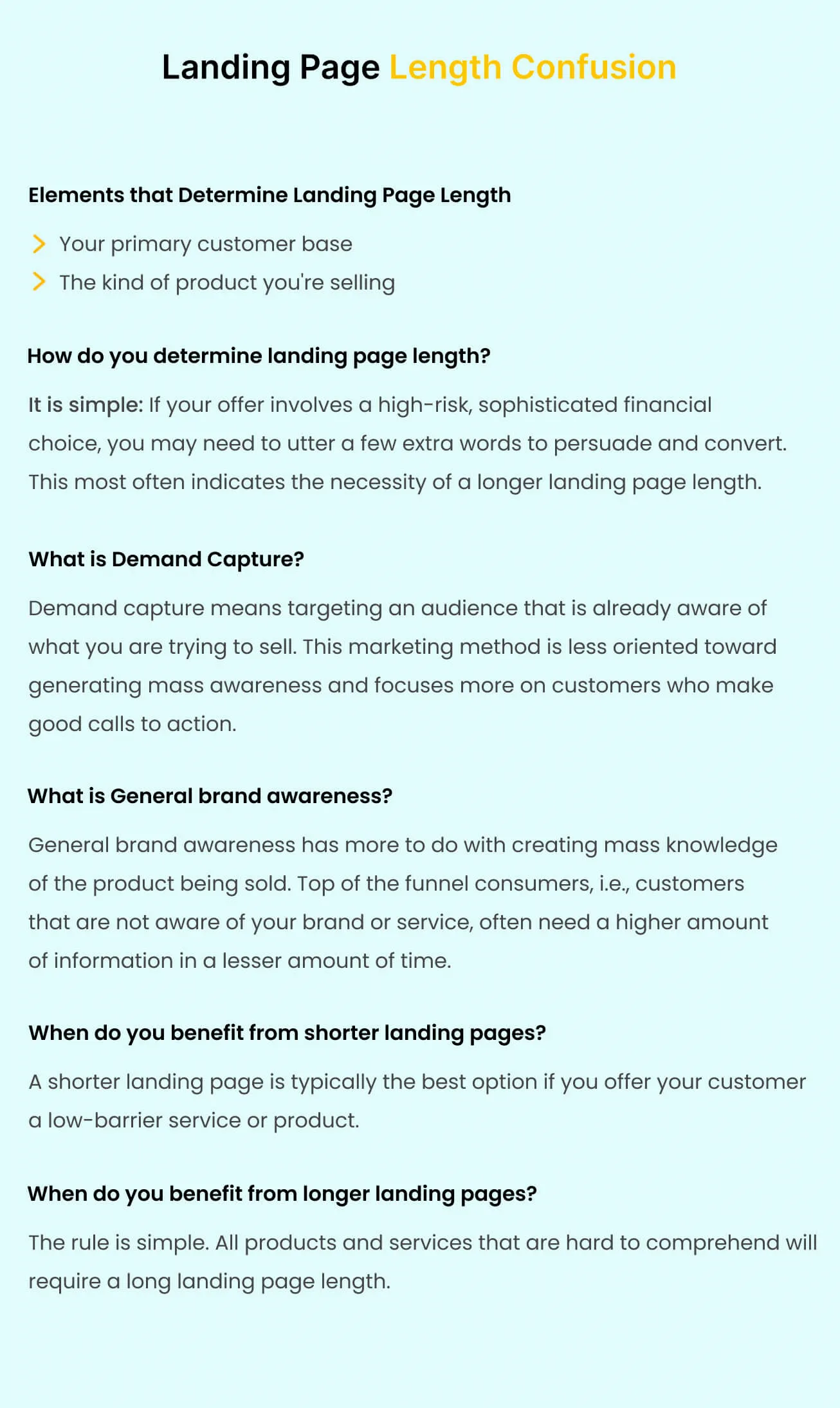
Related Articles:
Drive More Sales or Leads With Conversion Focused Websites and Landing Pages
Get Started
In today’s fast-paced digital world, having a responsive website is no longer just a nice-to-have, it’s essential. Whether...
As artificial intelligence continues to evolve, businesses are finding innovative ways to enhance their marketing efforts. One of...
Get quality posts covering insights into Conversion Rate Optimisation, Landing Pages and great design